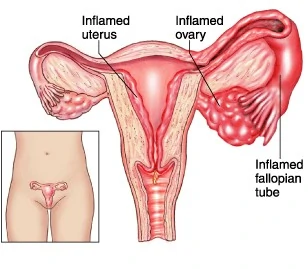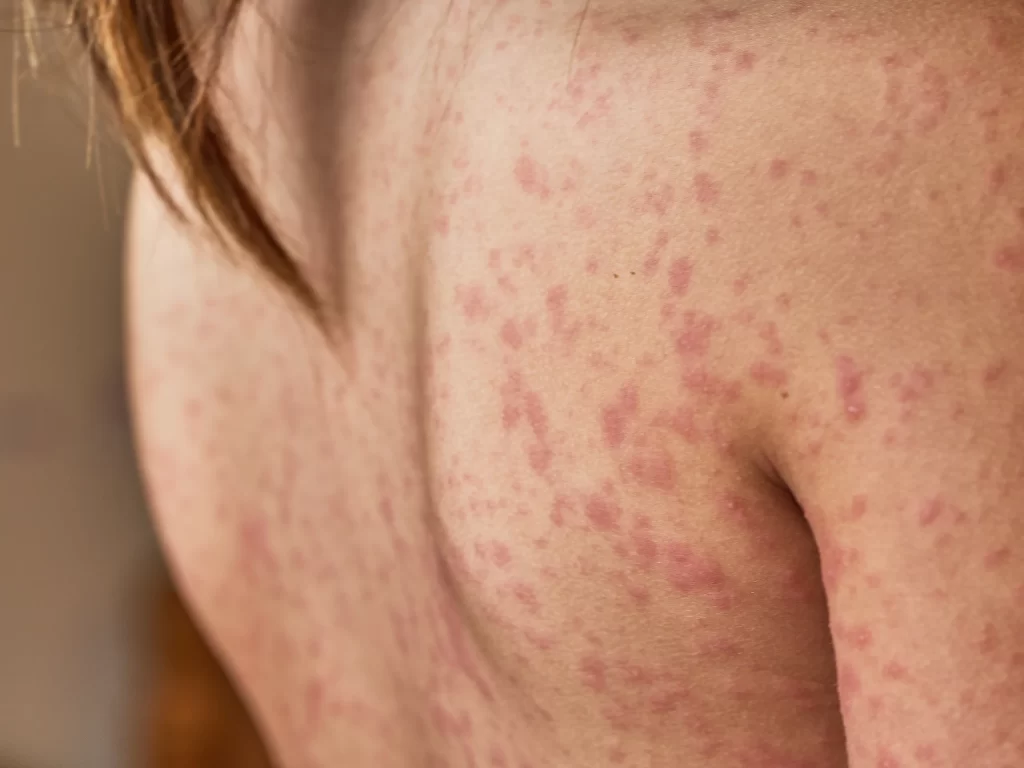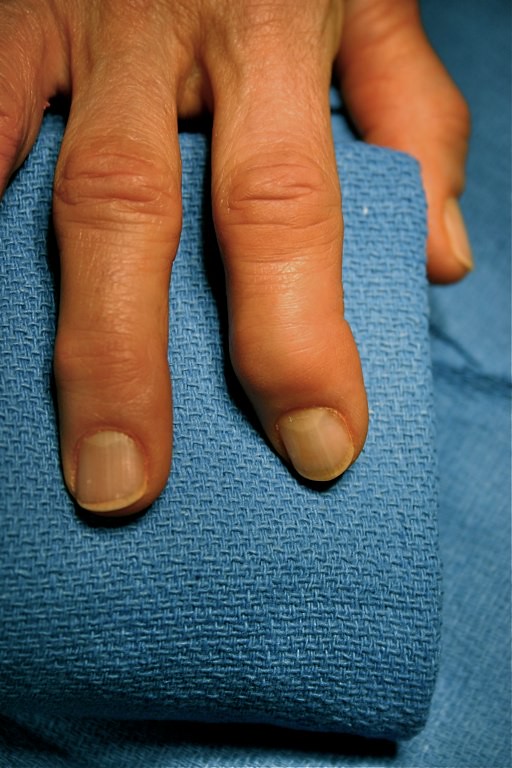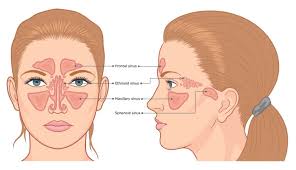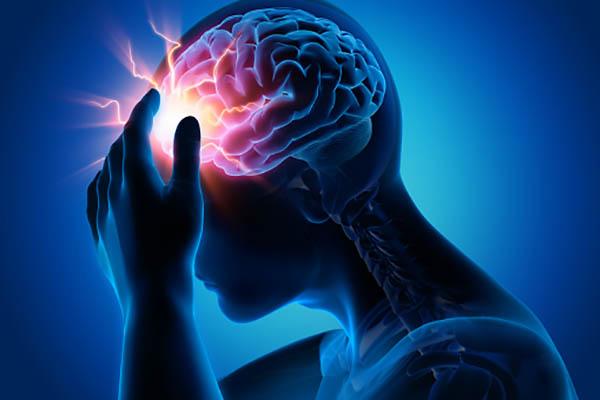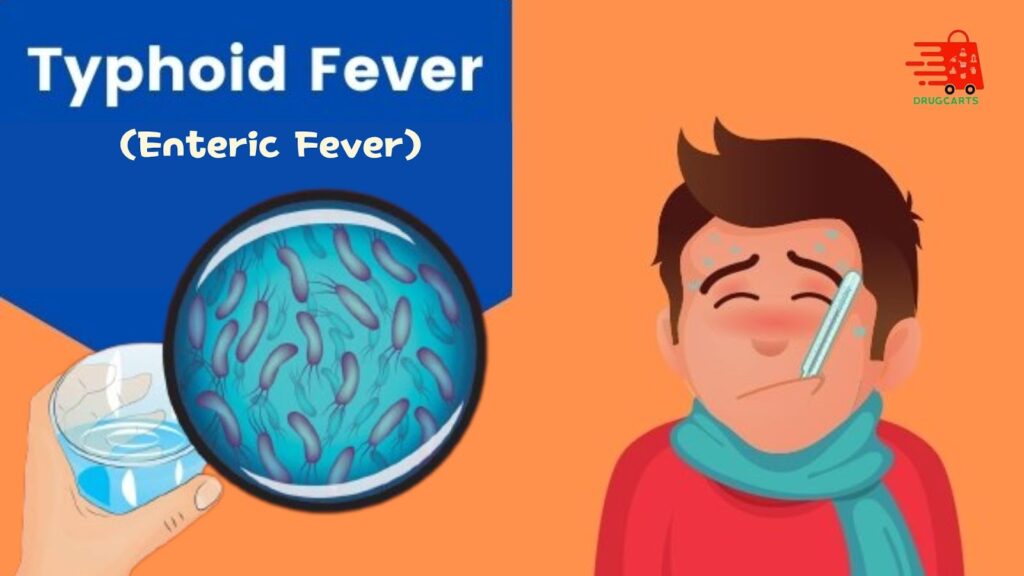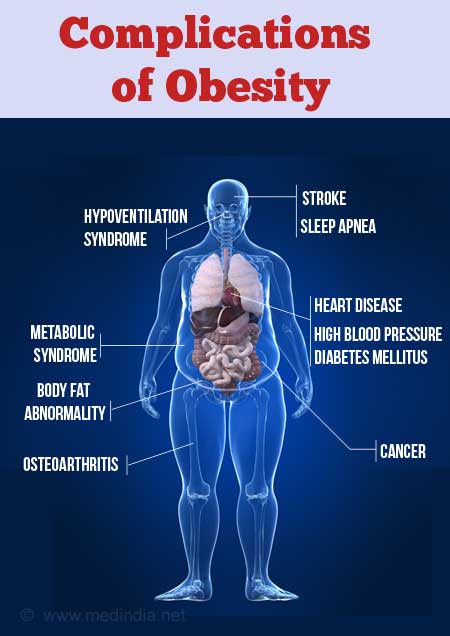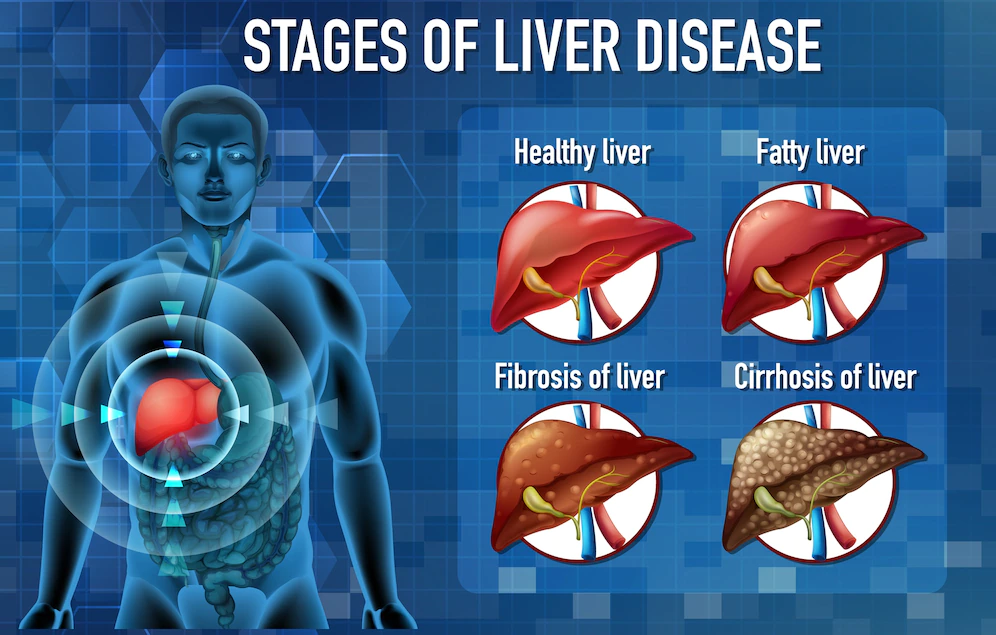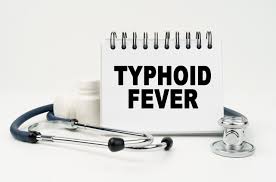
Typhoid
Fight Typhoid with Hardeep Homoeopathy Hospital: Your Trusted Partner in Healing Typhoid fever is a dangerous bacterial infection that can impact your health significantly. At Hardeep Homoeopathy Hospital in Amritsar, we understand the importance of providing effective and holistic treatments for typhoid. With years of expertise in homeopathy, we focus on strengthening your immune system, relieving symptoms, and ensuring a faster recovery. Why Choose Hardeep Homoeopathy for Typhoid Treatment? • Personalized Homeopathic Remedies: Our experienced homeopathic doctors tailor treatments to

